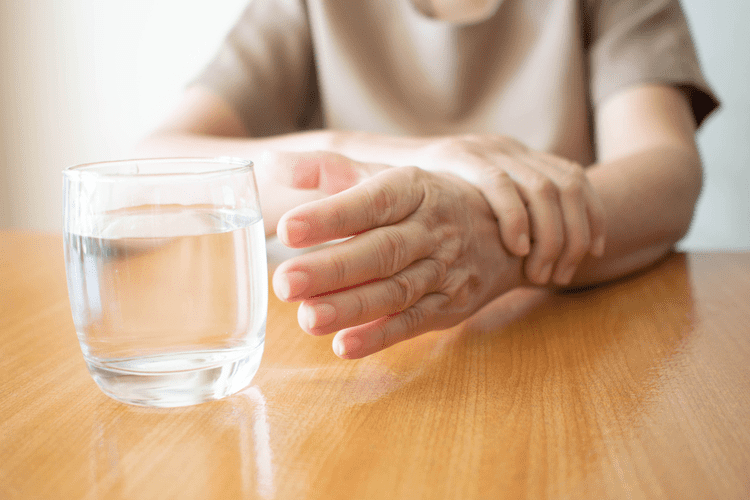These results will help naltrexone side effects to deliver better treatment management among alcohol-dependent patients. Several limitations of the current study should be considered. While meta‐analyses of naltrexone RCTs have included representation from several countries (Rösner et al., 2010; Srisurapanont and Jarusuraisin, 2005), the present analysis is limited mostly to U.S. studies. As noted, a potential limitation is that the paradigms represented in this study have reduced external validity relative to treatment trials.
The drug is reported to be of greatest use in good prognosis opioid addicts who take the drug as partof a comprehensive occupational rehabilitative program, behavioral contract, or other complianceenhancingprotocol. There is limited clinical experience with naltrexone hydrochloride overdosage in humans. In one study,subjects who received 800 mg daily naltrexone hydrochloride for up to one week showed no evidenceof toxicity. Studies to evaluate possible interactions between naltrexone hydrochloride and drugs other than opiateshave not been performed. Consequently, caution is advised if the concomitant administration ofnaltrexone hydrochloride and other drugs is required.
Naltrexone may cause allergic reactions, which can be serious. Stop taking naltrexone and get help right away if you have any of the following symptoms of a serious allergic reaction. Medication-Assisted Treatment (MAT) programs combine pharmacological interventions with behavioral therapies.
The latter two systems are involved with reinforcement, reward, some aspects of craving, sustained use of alcohol, and potential relapse after prolonged abstinence in the dependent person. Certain medicines should not be used at or around the time of eating food or eating certain types of food since interactions may occur. Using alcohol or tobacco with certain medicines may also cause interactions to occur. Discuss with your healthcare professional the use of https://ronniecarefoundation.org/2021/10/29/impact-of-alcohol-on-glycemic-control-and-insulin/ your medicine with food, alcohol, or tobacco.

Patients initiate naltrexone after detoxification on an outpatient or inpatient basis using tapering divided doses of benzodiazepines, usually for about 10 days. The benzodiazepines used for detoxification primarily include diazepam (typically tapering off from initial doses of 50 mg per day) and sometimes lorazepam (given in cases of significant liver Alcoholics Anonymous dysfunction). Naltrexone is given orally at a standard dose of 50 mg once daily. Those found eligible and initiated on naltrexone 50 mg daily were recruited in the study after taking informed consent. Patients with significant physical/psychiatric co-morbidity were excluded from the study. The patients were detoxified as per the standard treatment intervention before initiating naltrexone.

Support plays a vital role in successful outcomes with naltrexone, whether you’re following the Sinclair Method or taking the medication daily. A strong support system – whether from friends, family, or a coach – can help maintain motivation and accountability. Dr. Volpicelli highlights that having a supportive environment is key to breaking free from alcohol dependence.